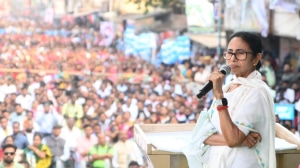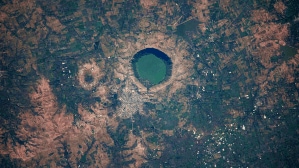First time,Japan investing more in India than China,PM on way
This is the first time that Japanese investments in India have exceeded investments in China.
Breaking from the practice of Japanese PMs who avoid foreign trips in the latter part of December as it is annual budget time in Tokyo,Yukio Hatoyama is making an exception by visiting India next week. And with good reason this is the first time that Japanese investments in India have exceeded investments in China.
In 2008-09,Japanese investments in India were 809 billion Yen as against 679 billion Yen in China. This has been bolstered by two big deals the Tata-Docomo tie-up and the Daiichi Sankyo deal with Ranbaxy. While some look at these figures as a temporary aberration,there is broad consensus about a noticeable change in trend as Japanese companies have invested in India despite the economic downturn.
The number of Japanese companies investing in India has more than doubled in the past three years from 267 in 2006 to 627 companies in 2009. The trade volume in 2008,a recession year across the globe,was up by 25 per cent to $13 billion.
Future prospects are also promising. The Japanese government is committed to a development assistance loan of 450 billion Yen to India for the first phase of the western corridor of the dedicated freight corridor project. Japan has already agreed to participate in five early-bird projects in the Delhi-Mumbai Industrial Corridor project which is linked to the DFC.
In this context,Hatoyamas visit on December 27-29 is said to be aimed at providing a political reaffirmation to the Indo-Japan strategic partnership. It is learnt that this was regarded vital because of the change of regime in Japan earlier this year that for the first time saw the Liberal Democratic Party (LDP) ousted from power.
In contrast to the LDP,Hatoyamas Democratic Party of Japan (DPJ) has always advocated a more accommodative approach towards China which somewhat raised concerns in India. But soon after the Japan elections in August,Prime Minister Manmohan Singh wasted no time in rushing National Security Advisor M K Narayanan to make contact with the new government in Tokyo.
That visit facilitated a meeting between Singh and Hatoyama on the margins of the G-20 meet at Pittsburgh in September which helped build bridges early in the day. Then again,the two leaders met at the East Asia Summit a month later in Thailand. While the Japanese PM,like his party,holds an even tougher line compared to his predecessors on the exceptions India got under the nuclear deal,there is a clear assurance that Tokyo will not dither from commitments to strengthen the economic partnership.
India,on its part,will look to use the improvement on the investment front as a good reason to push Japan for reconsidering its restrictions on high technology trade. As many as 26 Indian entities are on Japans watchlist which then requires a special or case-by-case approval for trade and investment. New Delhi will hope for some relook at this list.
The other factor of vital importance to India is the planned investment from US to develop two nuclear reactor sites here. Both US companies GE and Westinghouse have major stakes from Japanese companies Hitachi and Toshiba in their nuclear power concerns.
While it is for the companies to decide how they would build the reactors,the fact remains that the Japanese companies cannot source any material from Japan in the absence of a bilateral civil nuclear cooperation agreement with India. Such an agreement is unlikely and even though India may push for one,sources said,the least it will expect is that no political impediment is raised in implementation of commercial nuclear agreements involving Japanese companies.



- 01
- 02
- 03
- 04
- 05




























